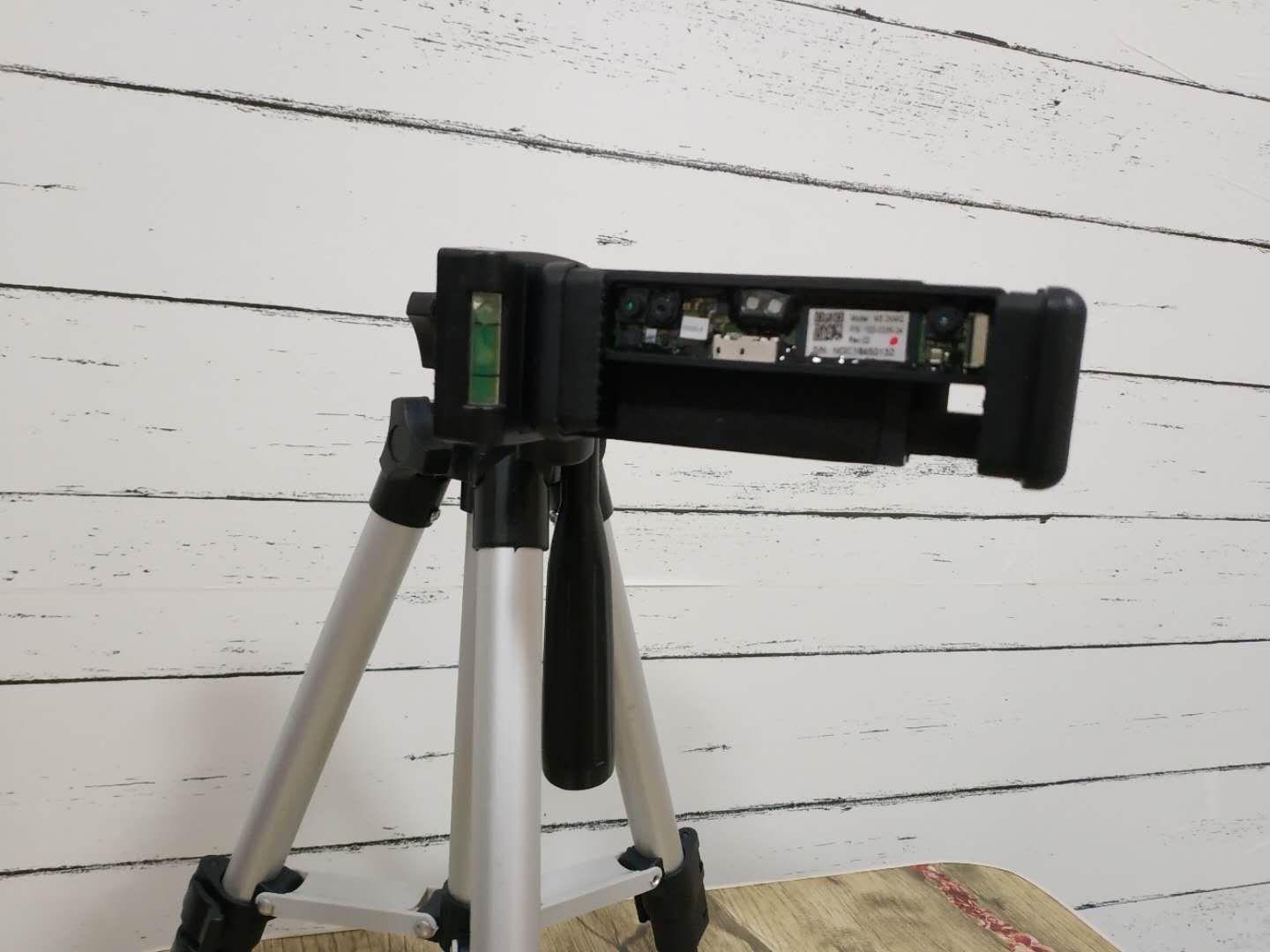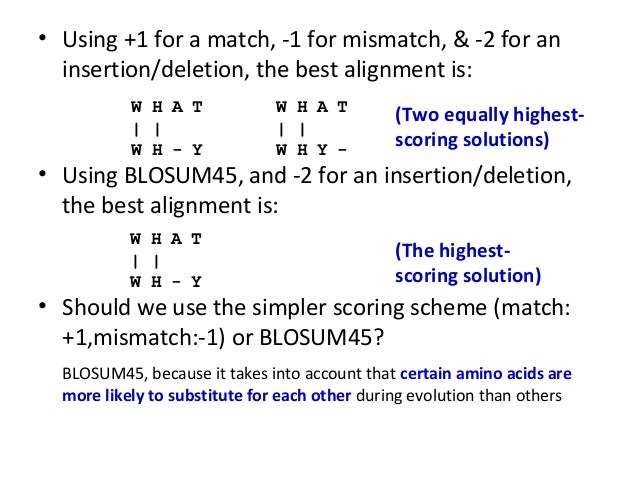
In our particular case, where we were reconstructing a historical tank from World War 2, we can see that you do not need a lot of images (however, this is not a problem for Realit圜apture, the more the better) to create an amazing 3D model. The Help window will soon become your best photogrammetric friend, and the whole tutorial is accompanied by a plenty of useful links. The second great advantage of Realit圜apture is the interactive tutorial - really simple and efficient. Just a small detail, but after a few hours of long staring at a computer screen, it is a quite comfortable change.
#ALLIGNMENT FUNCTION MESHLAB SOFTWARE#
The first nice surprise is that the background of the software is dark. The process is undemanding, and the results are pretty impressive, no matter whether you are a rookie or an experienced 3D modeller. The geometry will be aligned with images exactly so that you will be able to create a fancy blend like this one:Ĭreating a model in Realit圜apture is truly a simple thing, which can be done by literally anyone.

#ALLIGNMENT FUNCTION MESHLAB CODE#
Merging of multiple meshes the Poisson surface reconstruction source code (kindly provided by by Michael Kazhdan and Matthew Bolitho) have been included in.Alignment ICP based range map alignment tool, for putting meshes into the same reference space.A new tool that allows to export planar sections of a mesh in SVG format You can take linear measures between points of the displayed meshes An ambient occlusion field can be computed and stored per vertex Border edges, geodesic distance, from borders.Various Colorization/Inspection filters.Feature preserving smoothing and fairing filters.Subdivision surfaces (loop and butterfly).Surface reconstruction from points (a ball pivoting variant, marching cubes and poisson’s reconstruction).High quality edge collapse simplification (even with texture coords preservation).coherent normal unification and flipping.removal of duplicated, unreferenced vertices, null faces.Now you can create pdf, like this with 3D objects with just MeshLab and LaTeX. U3D support MeshLab is the first open source tool to provide direct conversion of 3D meshes into the U3D format.Now 3D files that are composed only by points are well supported in PLY and OBJ format. export: PLY, STL, OFF, OBJ, 3DS, COLLADA, VRML, DXF, GTS, U3D, IDTF, X3D.



The proud MeshLab developers are listed here. The following years FGT students have continued to work to this project implementing more and more features. The MeshLab system started in late 2005 as a part of the FGT course of the Computer Science department of University of Pisa and most of the code (~15k lines) of the first versions was written by a handful of willing students. The system is heavily based on the VCG library developed at the Visual Computing Lab of ISTI – CNR, for all the core mesh processing tasks and it is available for Windows, MacOSX, and Linux. The system is aimed to help the processing of the typical not-so-small unstructured models arising in 3D scanning, providing a set of tools for editing, cleaning, healing, inspecting, rendering and converting this kind of meshes. MeshLab is an open source, portable, and extensible system for the processing and editing of unstructured 3D triangular meshes.


 0 kommentar(er)
0 kommentar(er)
